2023 Nissan Pathfinder: 'Don't buy' recommendation
Nissan’s 7-seat SUV has been launched. Nissan Australia claims this one is much better than the R52 predecessor. If you're shopping for a full-size family SUV, press pause and think about the issues I'm gonna raise…
I've been doing this for more than three decades and for most of that time I've been concentrating on mainstream cars that ordinary people in Australia actually buy.
I've tried to concentrate on mainstream metal that ordinary people might buy and here, today, that’s going to continue by hitting back at some of the recent claims about the latest iteration of Nissan Pathfinder.
In my initial 2021 Pathfinder report I outlined some of the historical precedent that set the tone for this vehicle’s design trajectory, so check that out if you want the backstory first. In this report, we’re going to pull apart grandiose claims made by Nissan and other motoring media.
So let’s try to make the case for Pathfinder, objectively, by looking at the new one by putting it in complete context in relation to its competitors - just like you might as a potential buyer. Let’s also start by seeing where Nissan is commercially in this country, because ultimately if you buy a Pathfinder, Nissan Australia becomes your in-laws.
Against the Hyundai Palisade, Kia Carnival, Toyota Kluger and Mazda CX-9, I'll lay out for you the complete case about why the Pathfinder is not a contender, in my view, if you’re shopping for a full-size seven-seat SUV.
Nissan Australia seems to have hired one of the best automotive photographers in Australia to make Pathfinder look…appealing.
If you go back about 10 years to 2012, which is actually 11 data points across a time scale of 10 years, in 2012 in Australia, Nissan was selling 79,000 vehicles. That was a considerable sales performance where they enjoyed a market share of 7.2 per cent.
Nissan was, undeniably, a major player 10 years ago.
Fast forwarding five years to 2017, those 79,000 sales dropped to 57,000 and their market share slumped from 7.2 to just under 5 per cent. That’s roughly a third of sales collapsed, which is significant.
But if you go forward another five years to full-year 2021, sales tumbled again to 41,000 sales. Nissan sales have collapsed by nearly 50 per cent, from just under 80,000 in 2012 to just over 40,000 in 2021. Their market share had gone from 7.2 percent to 3.9 and this year, we've got 10 months of sales data which I extrapolated out to end-of 2022 - and Nissan is ‘on track’, if that's the right term, for 26,000 sales.
This is a decade-long phenomenon; a sales train wreck in slow motion.
You need to care about this because if you're not a student of the industry, you might think that car companies are full of car enthusiasts they just all love cars, they live and breathe cars. But it's not the case, generally. At the highest level, in the senior executive management meeting, almost nobody gives a damn about cars because they're in the money business.
To minimise the financial destruction of this sales collapse, both the brand and its dealer network, as I understand it, would certainly go into damage control. And the quickest way to boost the bottom line is to start cutting costs - much in the spirit of the former global boss of Nissan, Carlos Ghosn. You may have heard about happened to him. It’s on Netflix.
Long story short, when carmakers and dealers start cutting costs, in my view, they start going after you or the things that matter to you as a consumer marrying the brand. They go after the onshore parts inventory, the staff technical training, the employee count, the generosity to fulfil warranty obligations (irrespective of whether its covered under Australian Consumer Law or not).
CUMULATIVE SALES 2012 - 2022
For context, look at what happened to other major Japanese car makers in the same time period. Toyota went from 218,000 sales in 2012 to 224,000 sales in 2021. Mitsubishi went from 59,000 sales to 68,000 sales in the same timeframe. Mazda went from 104,000 to 101,000.
This is telling. This reasonable consistency of other Japanese big players suggests that Nissan's trajectory is due to Nissan's behavior and its product produced by its decisions. It's not a market-wide thing. It’s not the rise of the Chinese brands incrementally consuming sales from the Japanese, it's not the rise of the South Koreans, in fact in the same period Hyundai came back about 20,000 sales whereas Kia came up about 40,000 sales.
It's only Nissan sinking here. This is a Nissan specific sales collapse phenomenon and it impacts you if they are your in-laws. Therefore, you need to have a rock-solid objective case for why the Pathfinder is the best vehicle for you, in order to shoulder the burden of the brand’s decline.
This is all bad news for you, which is why I don’t recommend Nissan as point #1. Let’s look at point #2: the competition.
PATHFINDER VERSUS THE CONTENDERS
Pathfinder Ti-L is the range topping new model and it's $78,000, plus on-road costs - so at least $80,000 driveaway.
It's built in the US so you get questionable American build quality, and it’s a 3.5 litre V6 only. What this tells you is despite all of the rhetoric that they drummed out recently about their e-Power this >> and e-Power that >> they don't really give a damn about the environment, because the new Pathfinder is not available as a hybrid. The old one was. But they haven't got a hybrid in the new one. That's a bit of a fail in the current context.
America loves its petrol V6s and sales in Australia are only designed to be incremental; we're getting it from America, so if you want to buy one, great. But these things need a huge rev to perform. Those 202 kilowatts sound fantastic, but it's at 6400 RPM. Come on. And 340 newton meters is okay for maximum torque, but it's way up 4800 RPM. Come on.
Normal families do not drive their seven-seat breeder buses like that very often. These old boat anchor V6 petrols are crude to drive in traffic compared with more technically advanced engines, which we'll get to next.
Oh, and the fuel consumption is rubbish. It's gotten worse. It was 10.1 litres per 100km for the predecessor; it's 10.5 now. Well done, Nissan. Old R52 Pathfinder tare mass was 2089kg; new one - 2039kg. So it’s lighter than the old model, but consumers more fuel. That’s the exact opposite of what’s supposed to happen, from a physics perspective. And it excludes the fuel tank capacity, because tare weight refers to dry weight, and the tank is 71 litres in the new one, but 73 litres in the old R52.
The reason for the fuel consumption increase given this is essentially the same vehicle underneath, therefore, is down to the transmission. And we know CVTs are conventionally more fuel efficient than a conventional epicyclic auto.
Every gearchange will cost you about 4 per cent more fuel than the old CVT Pathfinder; it’s also a two-tonne vehicle (empty) with a space-saver spare. Good luck with that.
Here are the alternative seven- or eight-seat SUVs vying for your $70,000 - $80,000 over the Nissan Pathfinder.
A diesel Hyundai Palisade Highlander is $80,000, so $2000 more, but it’s made in South Korea. Vehicles made in South Korea are substantially better in general on a quality point of view, compared with vehicles made in America. Quality doesn't matter in the American market, that's a historic fact.
The diesel Highlander has one more seat, because you can get it as an eight-seater, and externally mounted is a full-size alloy spare wheel and tyre designed to permit optimum highway travel speeds in all conditions. Pathfinder has a space-saver spare.
Palisade has a 2.2-litre diesel and gets 7.3 liters per 100 kilometers, so it's roughly 25 per cent more fuel efficient than the brand new Pathfinder and although it only makes 147 kilowatts, which is 50 less (and that's substantial), it makes this torque at 3800 RPM - normal driving revs. What matters even more is the torque production, which is 440 Newton-metres, is that it’s available from 1750 to 2750 RPM. So Palisade is making its maximum torque where you actually drive in that rev range.
Meanwhile, Pathfinder is making a lot of noise. Palisade Highlander is 13kg lighter, has 311 litres of boot space behind row 3 comapared to Pathfinder’s 205, and Palisade has a lower CO2 footprint, just 193g/km versus 245 in the Nissan.
So Palisade: more accommodation, cheaper to run, better to drive, much better support from Hyundai compared with Nissan. 2022 Hyundai Palisade: Full Review for Real Buyers in Australia >>
2021 Kia Carnival: Australian review - everything you'll love and hate >>
Let's compare Pathfinder to Sorento GT-Line plug-in hybrid, the $81,000 (plus on-road costs) “PHEV”. Again, it’s $3000 more, it's made in South Korea which is better, and it claims 1.6 litres per 100km on the official combined fuel test, which is about 80 per cent better.
Sorento PHEV as got a 14 kilowatt-hour battery on board that makes 67 kilowatts maximum, and a 1.6 liter turbo-petrol inline four with 132kW for a total system output of 199 kilowatts. That is numerically the same as the Pathfinder, but that’s because it's partly electric and partly petrol and turbocharged. Performance happens at a much more accessible point in Sorento, which is better for real-world driving - once again.
High revs/high power is only good around a racetrack, which you don't want to be doing in a Pathfinder.
Now, here's the objective assessment of Sorento GT-Line plug-in hybrid: it's heaps cheaper to run, it's got all those environmental benefits of not emitting into the air we breathe, it gets the benefits of an EV minus the range anxiety because you can just go and drive on the highway endlessly if you put fuel into it, and you never have to charge it up if you don't want to use it in that situation. But it'll run like an EV between home and the office, so that's very versatile and a lot of people care about that currently.
It's got much better support from Kia compared with Nissan because Kia is on a roll commercially. So all of the commercial constraints for Nissan are the exact opposite with Kia.
The Hyundai Santa Fe hybrid is also an option here, because it's not a PHEV - you don't plug it in - but it's got a smaller battery and it's seventy thousand dollars $70,000 for the Highlander plus on-road costs. That's $8000 cheaper.
Santa Fe Hybrid gets 6L/100km on the official combined fuel test, which is 40 per cent lower than the new Pathfinder, it's got a smaller battery than the Sorento, but the total system power is 169 kilowatts. So, because it's got the electric side plus turbo-petrol performance, the revs are lower and the real-world performance is substantially more refined and better for exactly the same reasons just discussed in Sorento PHEV.
2022 Hyundai Santa Fe: Full Australian Buyer's Guide >> or the 2022 Kia Sorento review and buyer's guide >>
You also have the Kia Carnival which is just the outright king of big-family transportation in every respect, and it’s cheaper.
Let's look at something that's not a hybrid, like a Mazda CX-9 Azami. It's$3000 cheaper (plus on-road costs) and does nine liters per 100km, so it's about 12-15 per cent better on the juice.
CX-9 is made in Japan and, if you don’t know it by now, Japan is the gold standard for vehicular construction among mainstream vehicles.
CX-9 has a stonking 2.5 litre turbocharged inline petrol four and it makes 170 kilowatts at 5000 RPM. Now that's probably more than the V6 is making at 5000 RPM, incidentally, because if you look the beer garden physics on that: power equals torque times revs -
The way these turbocharged fours make power by making lots of torque >> now the Mazda CX-9 makes 420 Newton-meters at 2000 RPM versus 340 at 4800 for the new Pathfinder with the decade-old V6 petrol engine.
You know CX-9 is just going to go better in the real world, it's got better performance, it's cheaper, and you get better support from Mazda on the whole than you do from Nissan.
Toyota is the darling of the market and people who love their Toyotas would probably marry them if it were legal. And I’m sure it wouldn’t stop at marriage.
The Toyota Kluger Grande hybrid is $76000 plus on-road costs, so it’s $2000 cheaper than the Nissan Pathfinder, plus it's a Toyota, so resale value is going to be very sharp.
Kluger hybrid has roughly half the Pathfinder’s fuel consumption at 5.6 litres per 100km, versus that 10.5 because: made in the USA. Kluger hybrid requires 95 RON unleaded, so you’ll need to make sure you grab the premium fuel nozzle handle, but it's drinking about half the fuel so you could probably afford that. It'll be cheaper to fuel a Kluger Grande hybrid than to keep the new Pathfinder full.
Total system power from Toyota’s 2.5 inline four in the battery system is 184 kilowatts versus 202, but once again, it'll be at lower revs which is where you drive your family transport seven-seat SUV. These are called facts. Toyota also does better support.
If you think slightly outside the box, if you're just a breeder and you want a big bus to also carry all the infrastructure to raise them all, the obvious objective choice is Kia Carnival.
Kia Carnival Platinum diesel is $72,000 plus on-road costs, so $6,000 cheaper than the Pathfinder. Carnival doesn't have all-wheel drive, but does return 6.5 litres per 100km. That’s about 40 per cent less fuel consumption.
It’s made in South Korea (better than America), you have three rows of full adult-appropriate seating, a vast boot, endless storage and a better towing capacity including superior towball download limit than Pathfinder.
The 2.2 diesel is front-wheel drive only via an eight-speed auto, and produces 148 kilowatts at 3800 with 440 Newton-metres of torque at 1750 to 2750 RPM. Everything I said about the other 2.2 diesel in the Hyundais pertains here: better to drive in the real world, so much better for in versatility compared with a seven seat SUV, substantially cheaper.
And of course, much better support from Kia.
For even more good reason to not buy the Nissan Pathfinder, watch the full video report at the top of the page.
My AutoExpert AFFORDABLE ROADSIDE ASSISTANCE PACKAGE
If you’re sick of paying through the neck for roadside assistance I’ve teamed up with 24/7 to offer AutoExpert readers nationwide roadside assistance from just $69 annually, plus there’s NO JOINING FEE
Full details here >>
AutoExpert DISCOUNT OLIGHT TORCHES
These flashlights are awesome. I carry the Olight Warrior Mini 2 every day - it’s tiny, robust, and super useful in the field or in the workshop. Olight is a terrific supporter of AutoExpert.
Use the code AEJC to get a 12% discount >>
Generators suck! Go off-grid with AutoExpert BLUETTI PORTABLE POWER STATIONS
Need mobile, reliable power? If you’re camping, boating, caravanning or building a dirty big shed in the back paddock, and you need to run a refrigerator, lights, air conditioner, cooking, and/or a bunch of tools - Bluetti has a clean, tidy, robust solution…
Get your AutoExpert free shipping discount here: https://bit.ly/3n62heK
One last thing…
MOTORING MEDIA ON NISSAN & PATHFINDER
The last thing that I want to do is explain to you, if you're a consumer in the market for this car, how the media works.
You're probably watching endless reviews and reading endless motoring media reports, many of those in Australia, and in my view the Australian motoring press sucks. Car reviews absolutely suck and here’s why >> in a much deeper explanation than this one.
Australia’s motoring media has failed to hold carmaker claims up to objective scrutiny and their inability to do this is getting worse. This is happening because of advertising.
Carmaker advertising on automotive editorial websites is the mother of all bad incentives, because carmakers are certainly not above threatening to pull their ads in relation to any negative comments, no matter how fact-based they are, no matter how objectively true.
What happens currently is that carmakers do launches and they invite their favorite team of journalists who follow these middle management types around in a weird conga line, and they just reiterate whatever this middle manager verbally emits. And it happens without scrutiny. Except scrutiny adds substance to whatever you’re writing, as a journalist.
Unfortunately, what is said often, in my view, is bullshit - and they make claims that get absorbed by the public, often without their knowledge.
Look for what’s not being said when you read or listen to claims about Pathfinder.
While you’re at it have a look at how this captured motoring media problem manifests itself in the context of Australians buying a million electric cars by 2027 >>, how cars are not the climate change problem >> or why towing 3.5 tonnes is extremely dangerous >> or the Climate change deception about electric cars >>






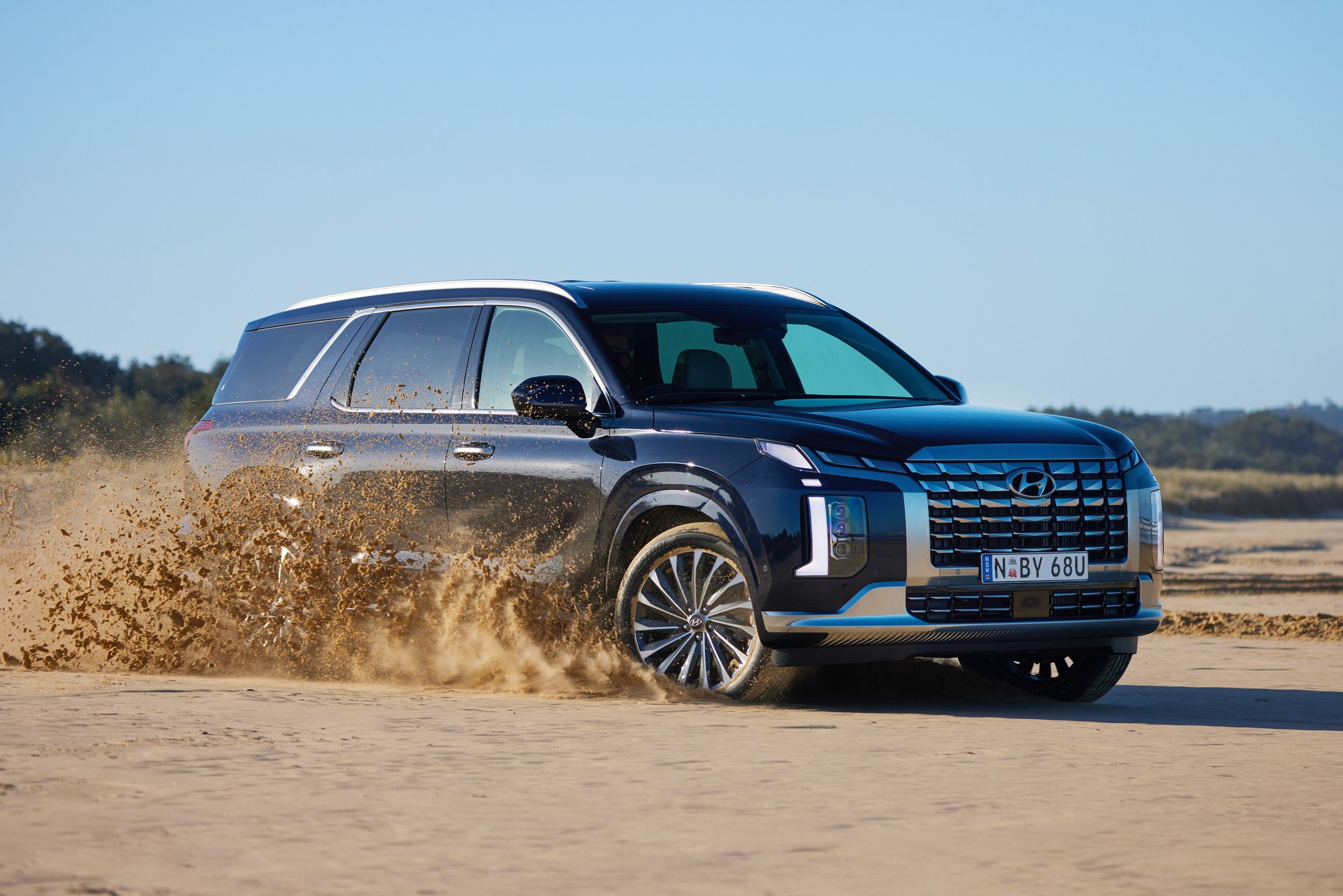
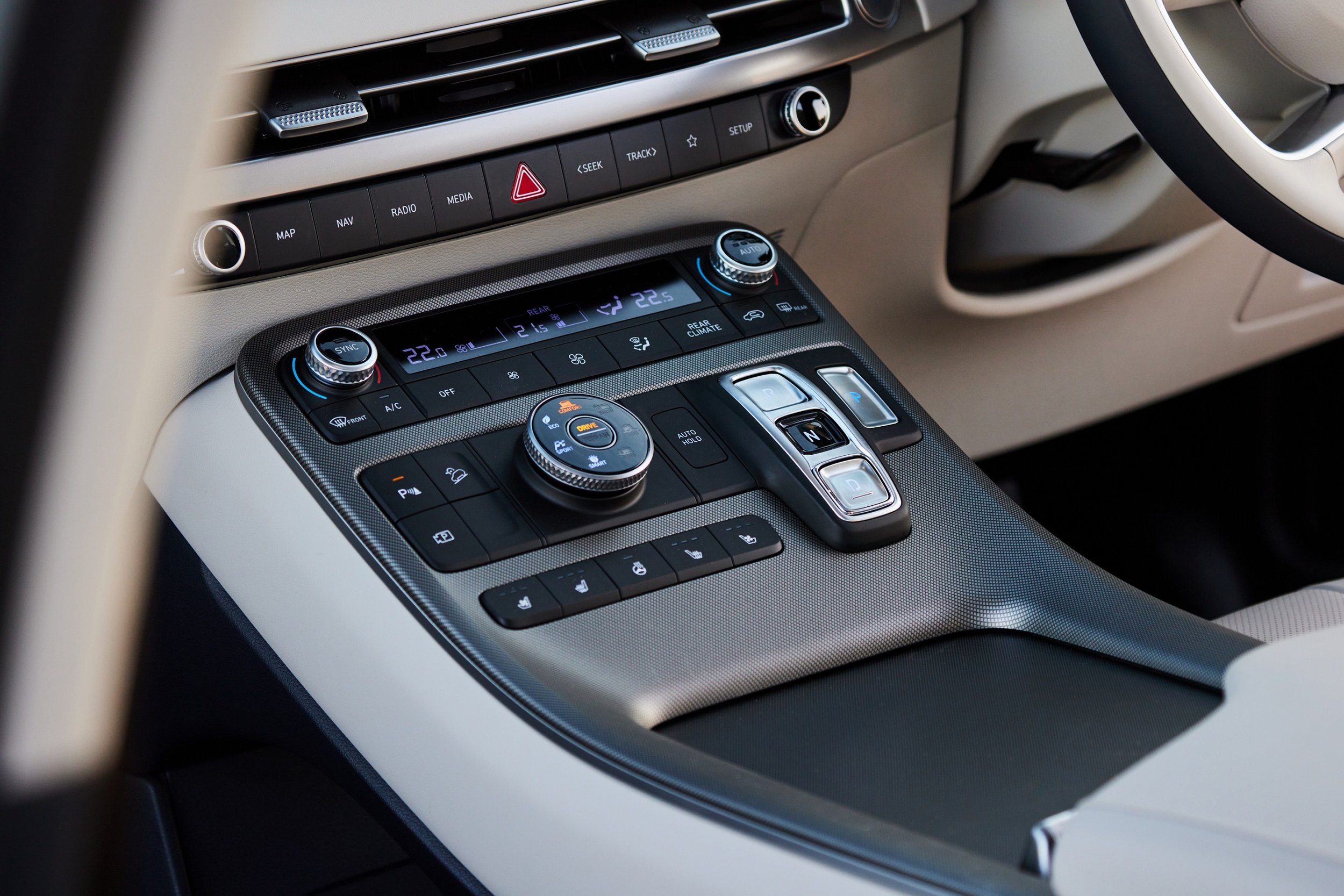
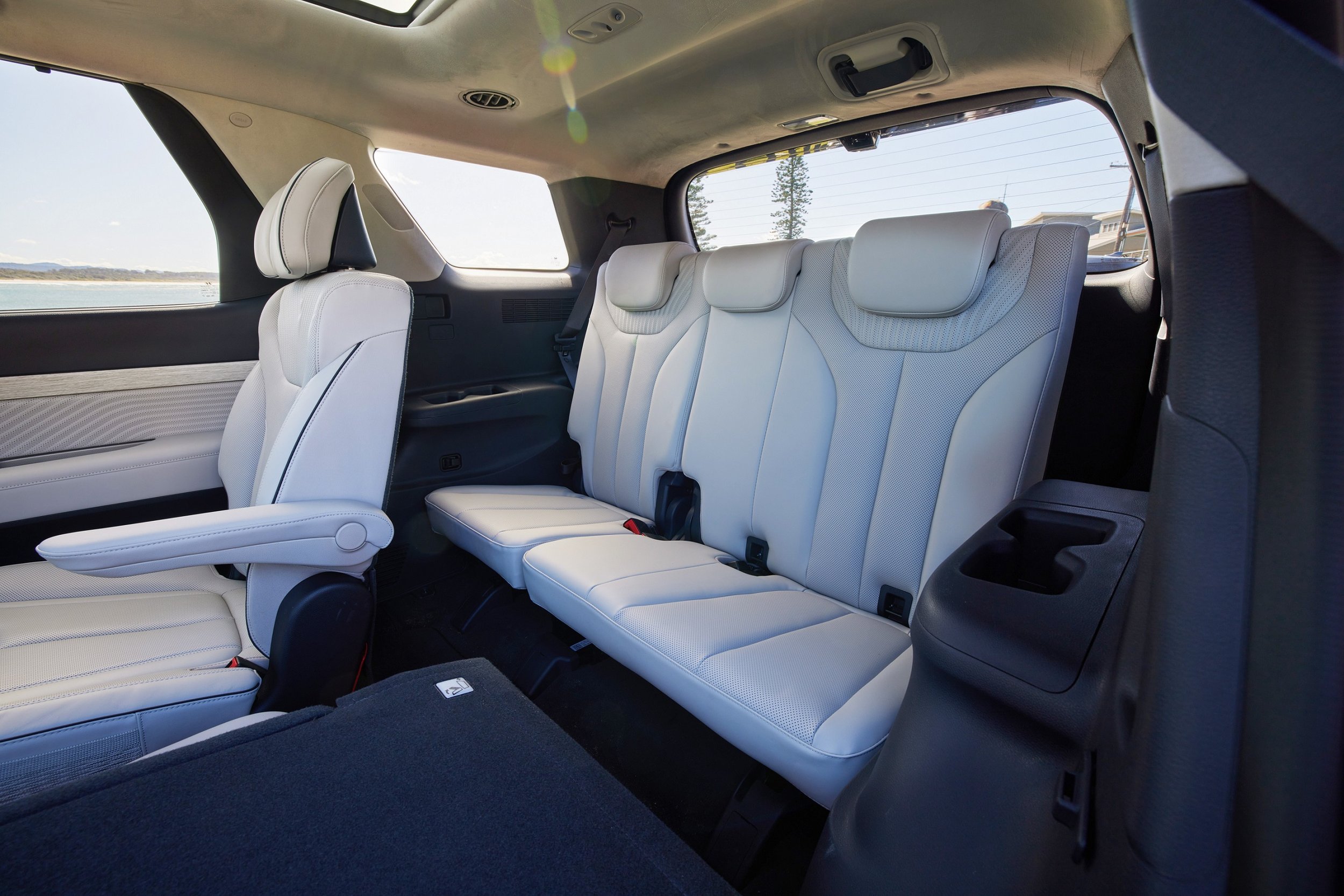
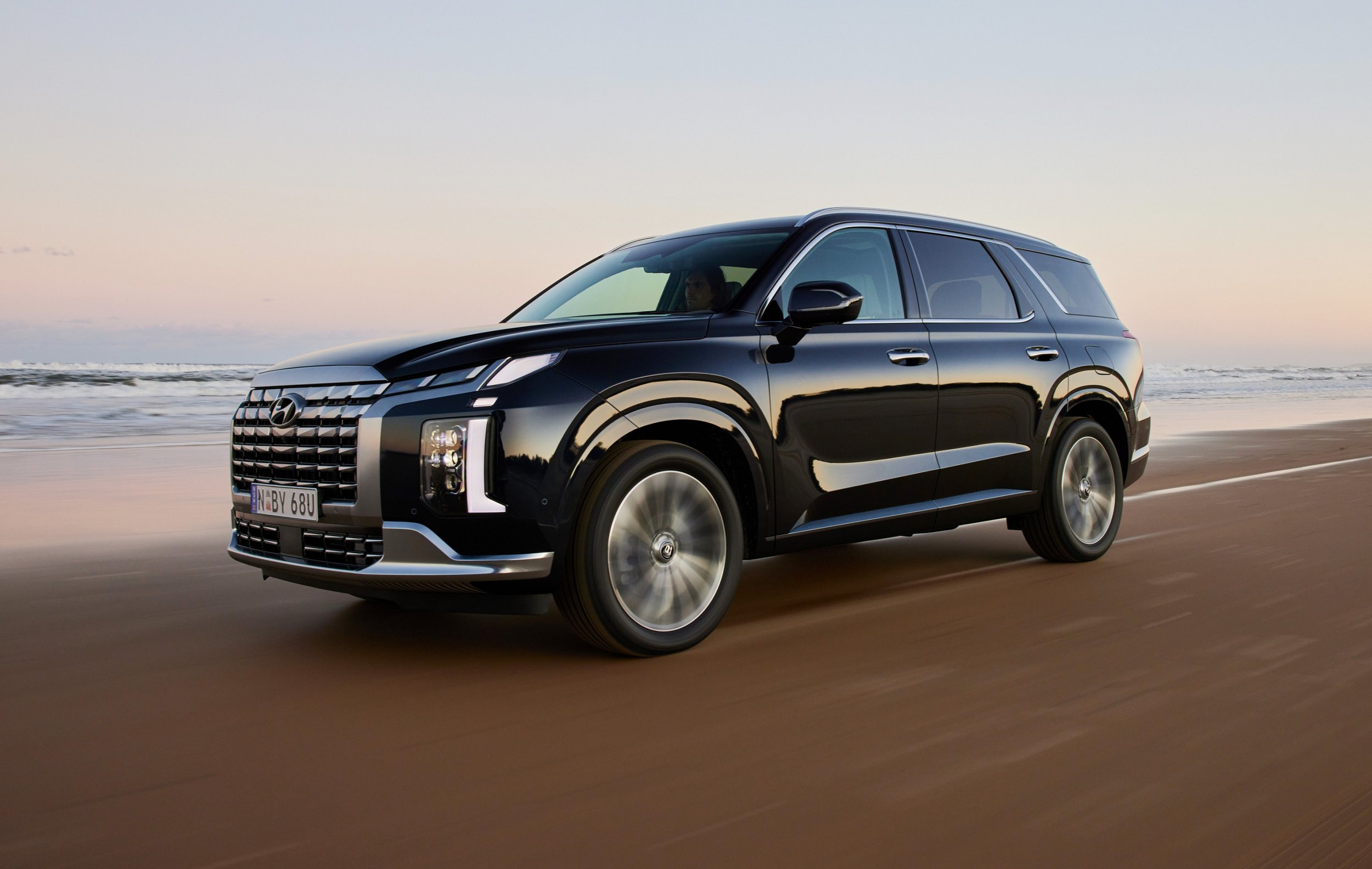


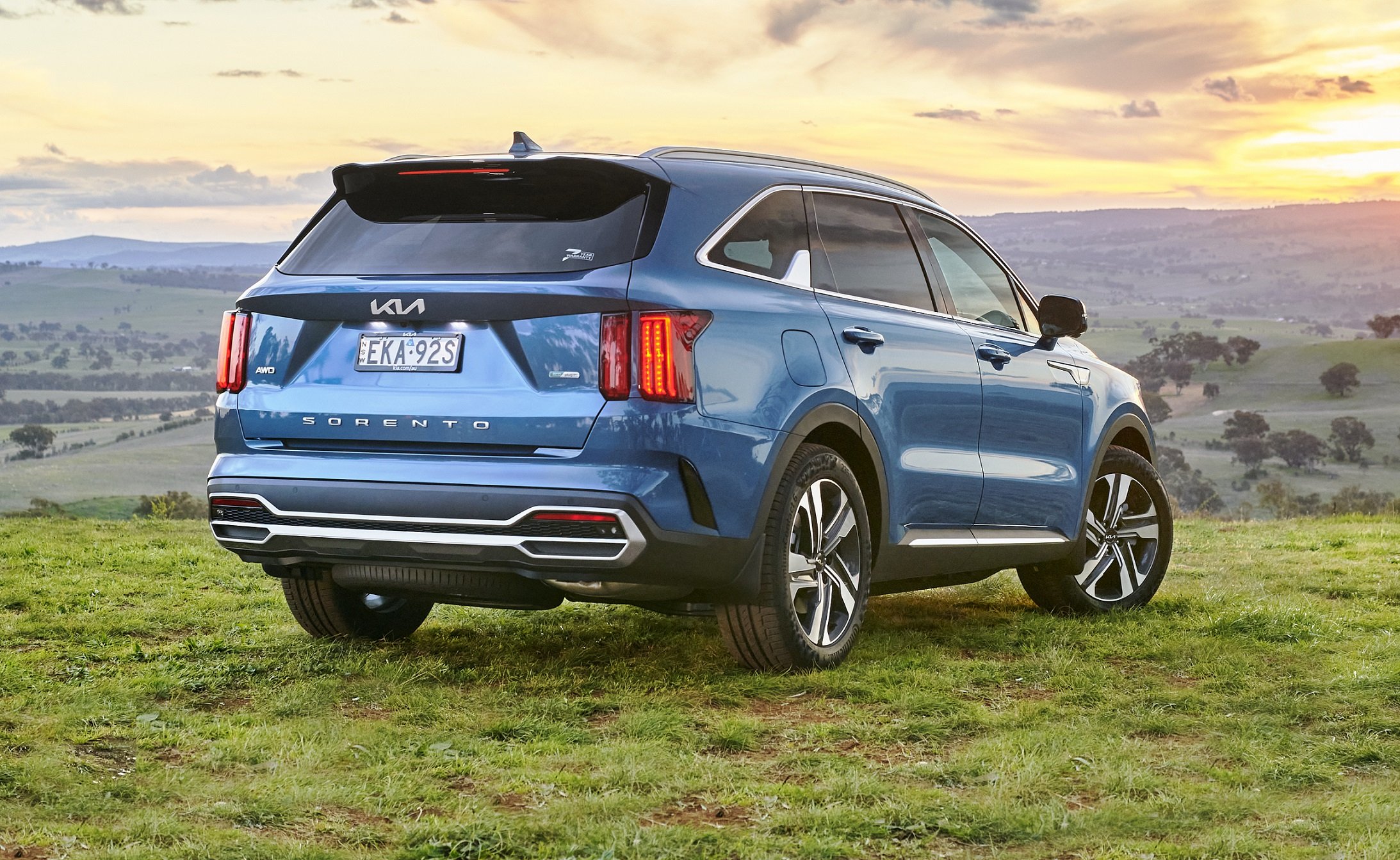








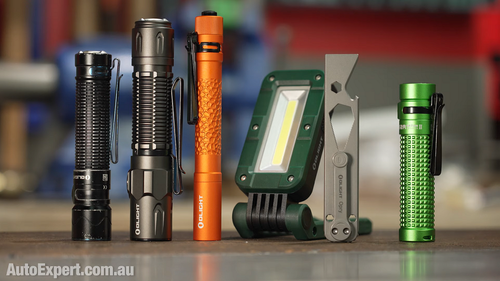

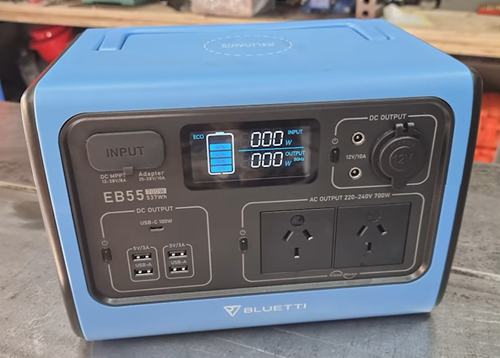
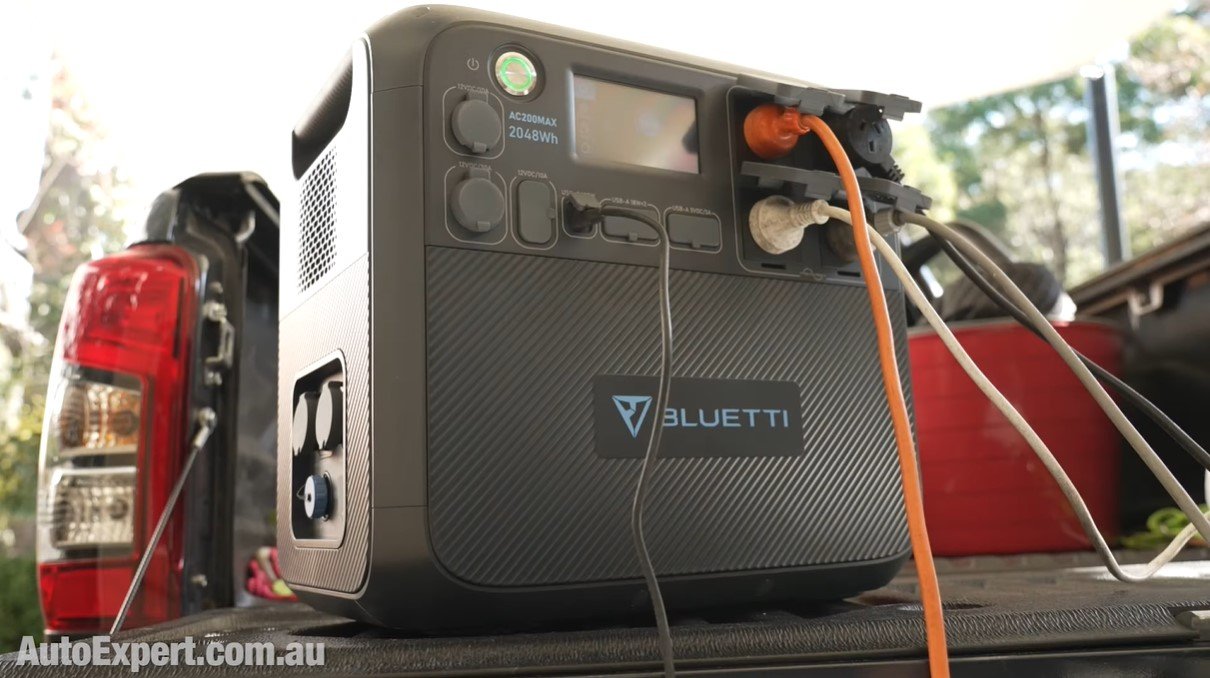











The MG ZS is a small SUV that offers such strong value to most buyers that it should be on your shortlist be default, even when shopping for a used car. But given that no car is perfect, the price could easily distract from its drawbacks.